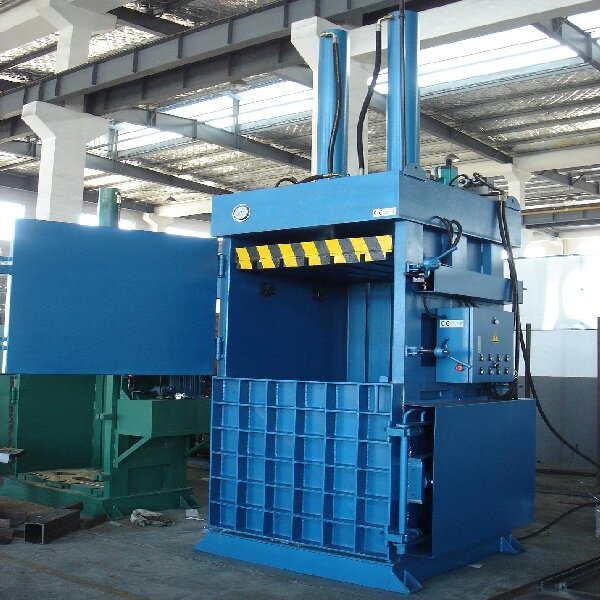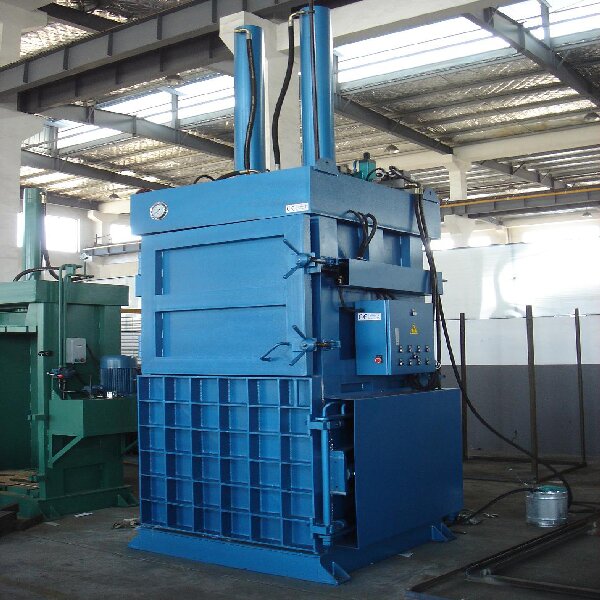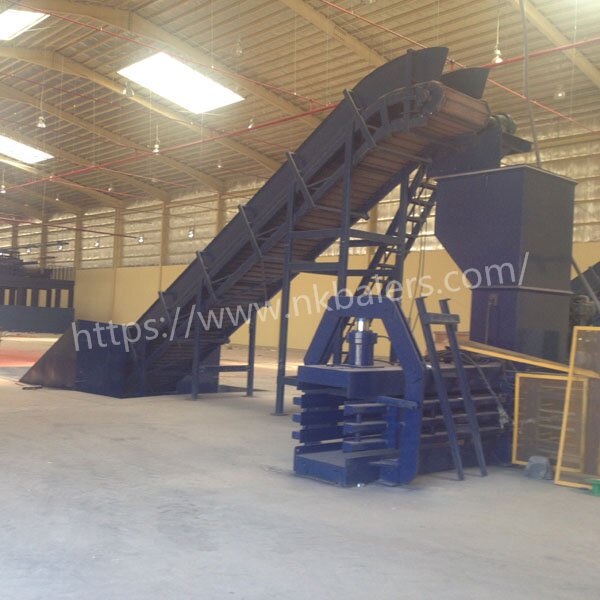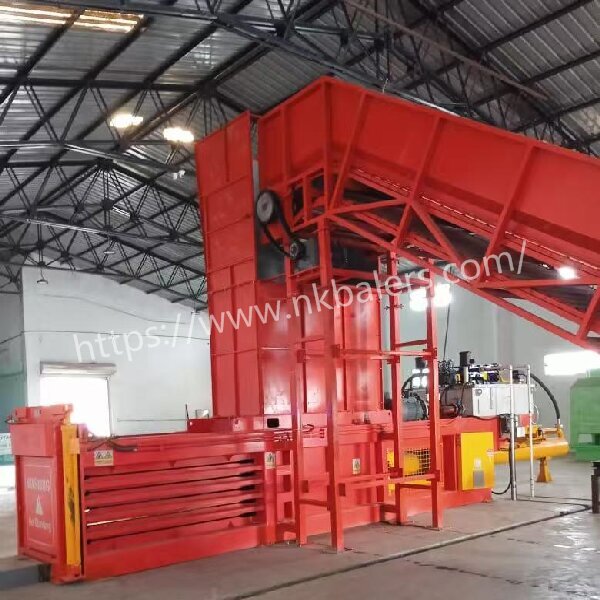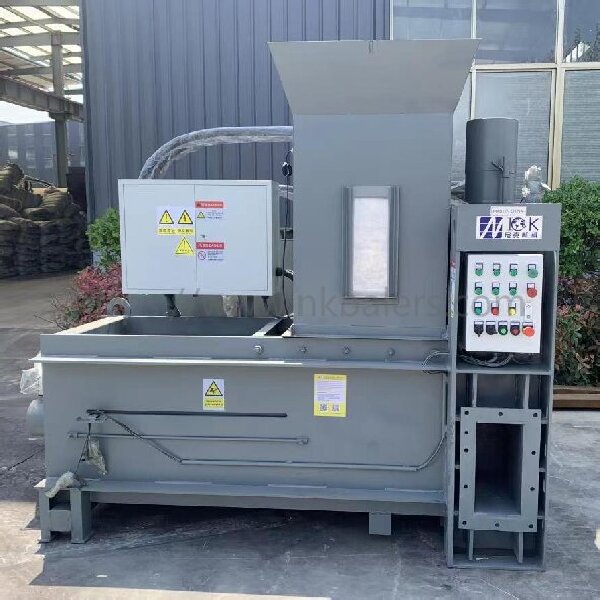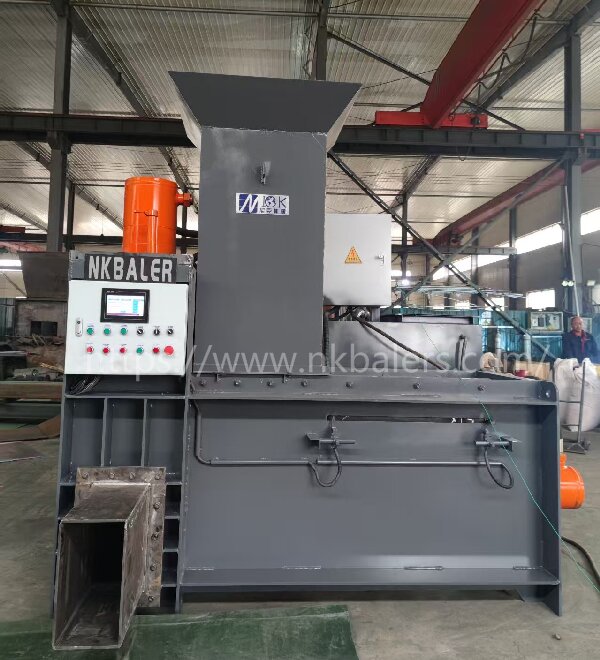While Otr Tire Vertical Balers are powerful, in a modern integrated waste tire processing plant, they are usually not isolated units, but rather a crucial link connecting upstream and downstream processes. Integrating tire balers with other specialized equipment to build a highly efficient and collaborative processing system can maximize value and significantly improve processing efficiency. So, how does it work in conjunction with other equipment?
In a typical processing line, the Otr Tire Vertical Balers might be in the middle. Its “upstream” could be a tire shredder or a steel wire separator. For some recycling paths that don’t require preserving the complete tire shape (such as rubber powder production), the whole tire can be coarsely crushed first to remove the steel wires, and then the pure rubber blocks can be fed into the baler for compression. The advantage of this is that the final bales are purer, have higher value, and can achieve greater bale density. Here, the baler plays the role of “intermediate processing” and “logistics optimization.”
Another common system integration is “downstream” connection. After the baler compresses the whole tire into bales, these high-density bales are neatly stacked, providing a stable and efficient raw material supply system for subsequent tire pyrolysis projects. Cracking equipment allows for continuous and automated feeding, significantly improving the scale and operational efficiency of pyrolysis plants. In this context, the tire baler becomes the “core of pre-processing” in the entire pyrolysis supply chain.
More advanced systems achieve full automation. Tires are automatically transported to the baler’s hopper via conveyor belts and elevators. After baling, robotic arms automatically remove and stack the tires. The entire process requires almost no human intervention, creating a “lights-out” intelligent production line. In such a system, the tire baler is the information and physical hub of the entire material flow. Therefore, when planning tire processing operations, one should not only consider the baler itself in isolation but also take a holistic view, considering how it connects with upstream and downstream processes to build a more competitive and resilient complete supply chain.
Nick Baler’s tire and rubber balers are designed to handle scrap tires, rubber sheets, conveyor belts, and industrial rubber waste, ensuring efficient compression for transportation, recycling, and disposal. Whether you’re in the tire recycling industry, landfill operations, or rubber processing sector, our high-performance balers help reduce storage space, minimize handling costs, and optimize logistics.
With the increasing demand for eco-friendly waste management, our Otr Tire Vertical Balers play a crucial role in sustainable recycling processes, making tire-derived fuel (TDF) production, retreading, and crumb rubber processing more efficient.
https://www.nkbaler.com
Email:Sales@nkbaler.com
WhatsApp:+86 15021631102
